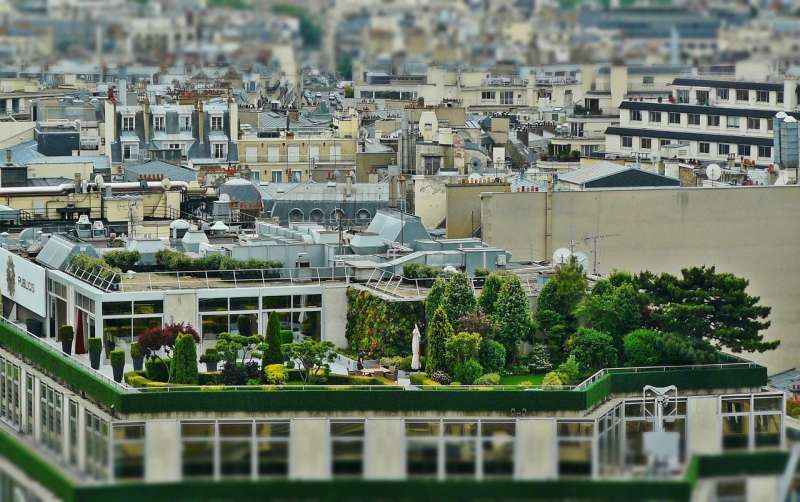Neighborhood "greening" may lead to gentrification and displacement

Many post-industrial cities have areas of vacant and derelict land (VDL) which can have negative health and environmental impacts on nearby residents. VDL is located predominantly in poorer neighborhoods, posing a disproportionate risk upon these communities. Repurposing these areas into green spaces and community gardens may mitigate the risk of health and environmental hazards, but they may also result in unintended adverse impacts on the community, particularly displacement stemming from rises in property values due to new-found developer interest in the area.
Using Brooklyn, New York as a case study, CUNY SPH Associate Professor Andrew Maroko and Professor Juliana Maantay of Lehman College examined whether proximity to community gardens in less affluent neighborhoods is associated with an increased likelihood of gentrification. The results were published in the International Journal of Environmental Research and Public Health.
The researchers used Geographic Information Systems and two spatial methods: a census block group proximity analysis, and a hot spot analysis, to determine the potential impact of proximity to community gardens in lower-income areas. The researchers found that proximity to community gardens is associated with significant increases in per capita income over the five years study period, which is indicative of areas undergoing gentrification. This has implications for environmental justice because existing lower-income residents are likely to be displaced after their community is improved environmentally.
"We think community led responses to environmental equity issues are extremely important, and our concern is the possibility that the very things which a community can do to improve their local environment may ultimately contribute to their displacement from it," says Maroko.
More information: Juliana Maantay et al. Brownfields to Greenfields: Environmental Justice Versus Environmental Gentrification, International Journal of Environmental Research and Public Health (2018). DOI: 10.3390/ijerph15102233
Provided by The City University of New York

















